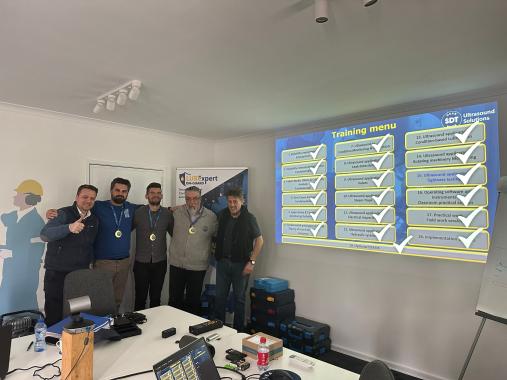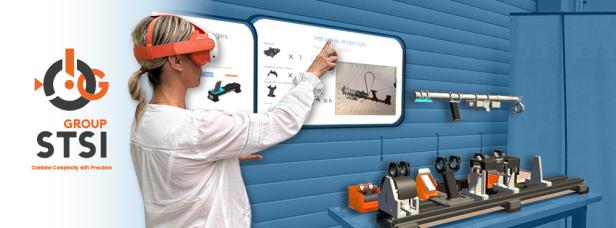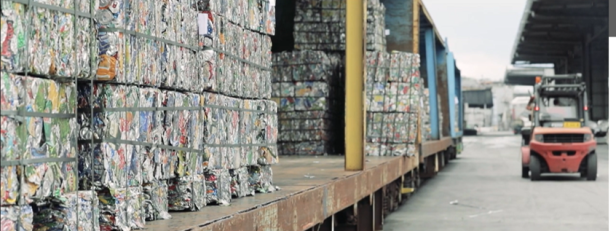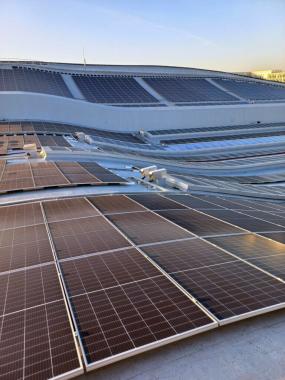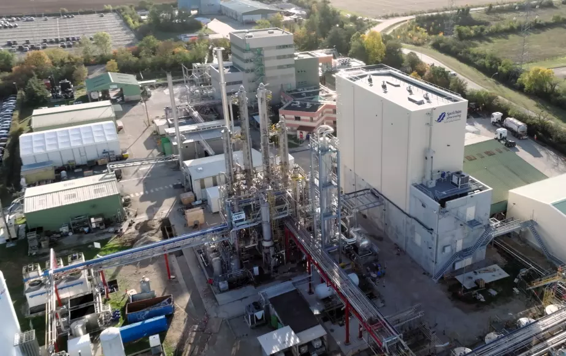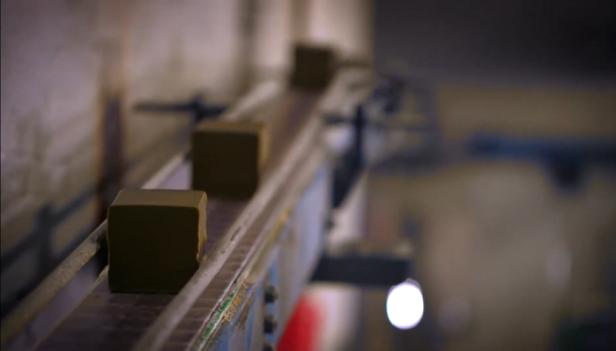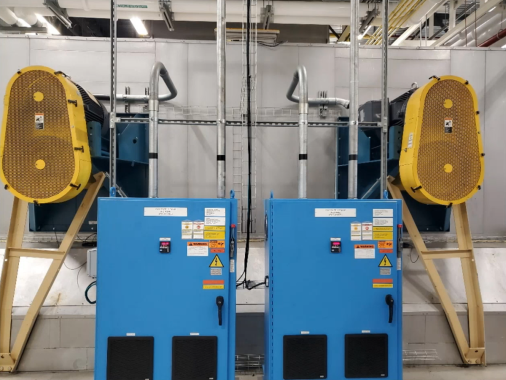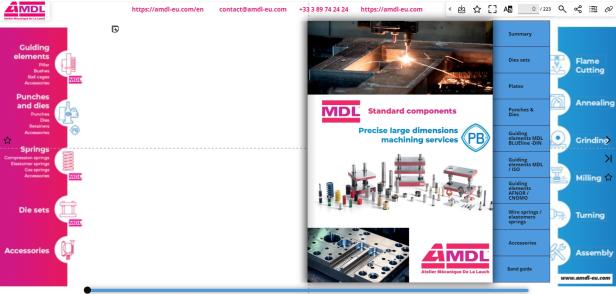10 Tips for 3D Scanning in Industrial Machinery
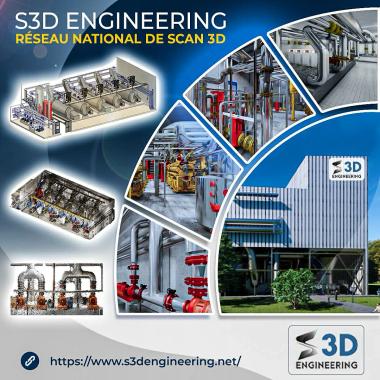
3D scanning has opened up a new world of opportunities for the manufacturing industry. From design to production and inspection, the ability to capture accurate three-dimensional data is essential. If you’re embarking on this journey, here are 10 tips for effective 3D scanning in industrial machinery.
Choosing the Right 3D Scanner: Depending on the application, not all 3D scanners are created equal. Evaluate resolution, accuracy, scanning speed, and other relevant features before making a decision.
Prepare the surface: Make sure the surface of the object to be scanned is clean. Dirt or dust can affect the accuracy of the scan.
Scanner stability: For maximum accuracy, the scanner must be stable. Use appropriate stands or tripods to avoid unwanted movements during scanning.
Adequate lighting: The quality of lighting can affect scanning. Make sure you have uniform lighting and avoid reflections that can blur the results.
Regular Calibration: Calibrate your 3D scanner regularly to ensure accurate and reliable results.
Suitable software: Invest in robust 3D scanning software that offers advanced features, such as noise reduction, gap filling, and scan stitching.
Continuous Training: 3D scanning technology is evolving rapidly. Make sure your team receives regular training to stay up to date with the latest techniques and technologies.
Optimize resolution: Adjust the scanning resolution based on the object and application. Higher resolution is necessary for fine details, but it may increase scanning time.
Review the data: After scanning, review the data for anomalies or errors. Use software tools to clean and optimize the data if necessary.
Safety First: Be sure to follow all safety procedures, especially regarding laser exposure and equipment handling.
In conclusion, 3D scanning in industrial machinery is a valuable skill that requires constant attention to detail, regular training, and the use of the right tools and equipment. By following these tips, you can optimize your 3D scanning processes and achieve accurate and reliable results.
Our other news
See allJoin the largest community of industrial suppliers
- Helping you with your ongoing technology watch
- Provide you with detailed supplier statistics
- Give you international visibility
Discover the largest catalogue of industrial products on the market
- To offer you the best catalogue of industrial products on the market
- To guarantee you a 100% secure platform
- Enable you to have live remote exchanges
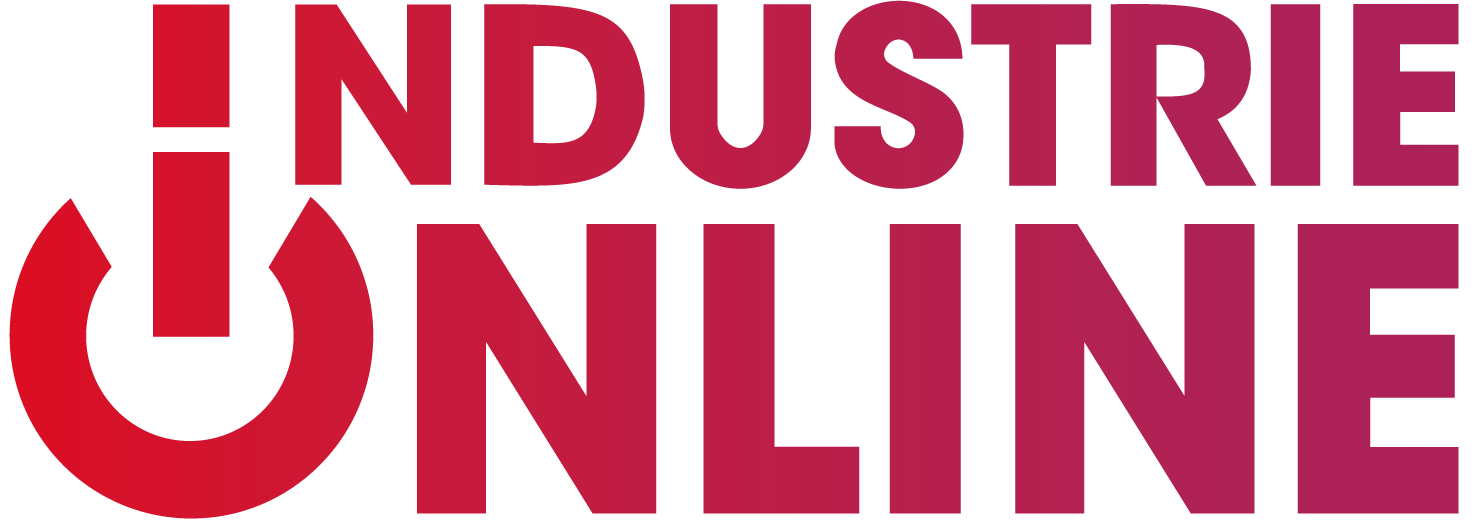

 Français
Français